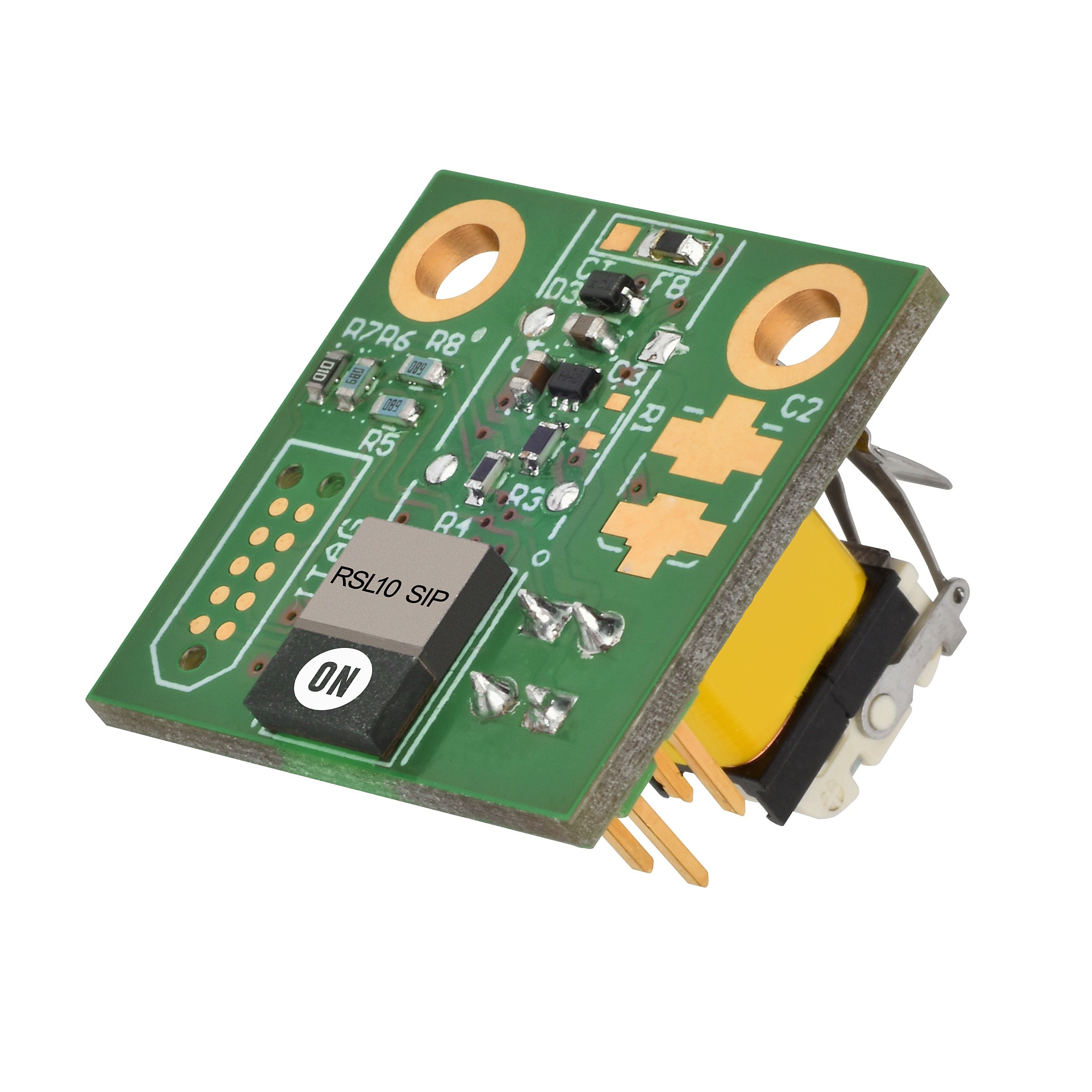With the number of connected devices expected to reach into the billions over the next decade, the Internet of Things will represent an increasingly significant part of global electricity consumption. As such, device manufacturers are looking for new ways to sustainably power their applications from harvesting solar energy or inertial energy using energy harvesting platforms.
For OEMs, there are many benefits to implementing battery-less applications. Removal of the battery and battery holder simplifies design as well as the manufacturing process. Since batteries can account for up to 50% of the total product weight, eliminating it can help produce lighter weight products. For consumers, benefits include not having to worry about replacing batteries or the environmental impact of disposing of them.
One of the biggest challenges related to making these applications a reality is in maintaining lowest possible power consumption, while still offering the wireless features and functionalities that users have come to expect.
Energy Harvesting Bluetooth® Low Energy Reference Design
The Energy Harvesting Bluetooth® Low Energy Switch is a complete reference design which can be used to enable battery-less applications including door and window control, smart lighting and step counters. Based on the RSL10 SIP and featuring a high-efficiency harvester, the Switch is entirely self-powered and offers the industry’s lowest power Bluetooth® Low Energy.
How does it Work?
The self-powered switch converts mechanical energy into electrical energy by means of an electromechanical generator. The electrical energy this creates is harnessed, converted and regulated at a level sufficient to power the RSL10, enabling it to boot up and send Bluetooth® Low Energy advertising packets. This could simply be to indicate that the switch has been activated, but it could equally involve sampling a sensor connected to the RSL10, processing the data and sending the result over Bluetooth® Low Energy.
Harnessing the Industry’s Lowest Power Bluetooth® Low Energy SoC
The RSL10 has the industry’s lowest power consumption of any Bluetooth® 5 radio, drawing just 5.6 mA receive power (7 mW at 1.25 V) and a maximum of 8.9 mA transmit power. As the frame protocol can now be as short as 10 mS, the total energy budget required to send a frame can be less than 100 µJoule. The ZF energy harvesting switch used in the reference design is capable of generating 300 µJoule which provides ample power to collect, process and send data each time the switch is pressed.
The RSL10 operates from a nominal supply voltage of 1.25 V which is much lower than a conventional transceiver. Because of this, it is possible to interface the ZF switch directly to the SiP without requiring a Boost Converter, as might be required with other transceivers operating from 2.5 V (nom). This direct connection also reduces the BoM and allows the RSL10 to be used in smaller, lighter, cheaper and more energy efficient solutions.
Energy harvesting is set to become a critical technology in the IoT. As endpoints are rolled out in huge numbers, using ultra-low power solutions like the RSL10 SIP will enable manufacturers and consumers to develop connected devices while being disconnected from the grid.
The Energy Harvesting Bluetooth Low Energy Switch reference design includes BoM, schematics and firmware that can be easily customized using the RSL10 Software Development Kit (SDK). It is also compatible with the Bluetooth IoT Development Kit (B-IDK) and IoT Development Kit, which can be used to add additional sensor and actuator functionalities.
Learn more about the Energy Harvesting Bluetooth Low Energy Switch here.




